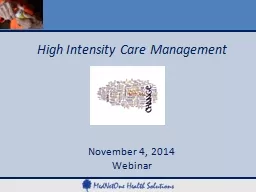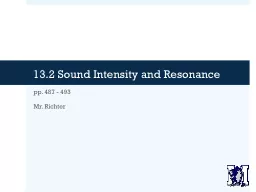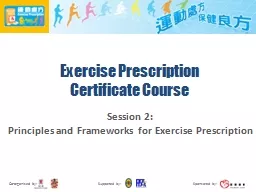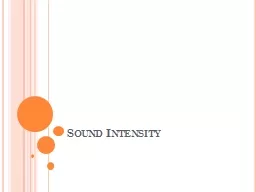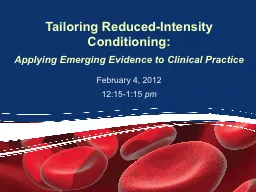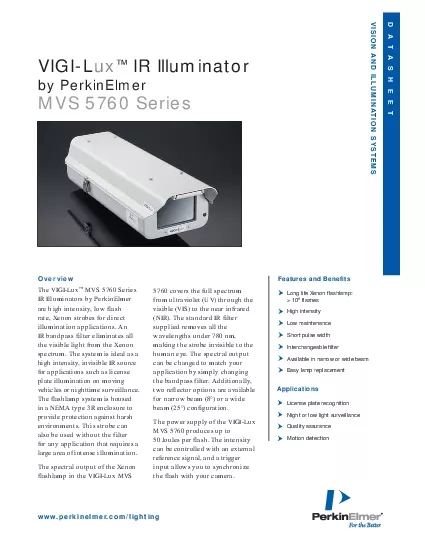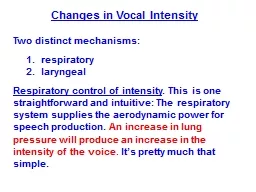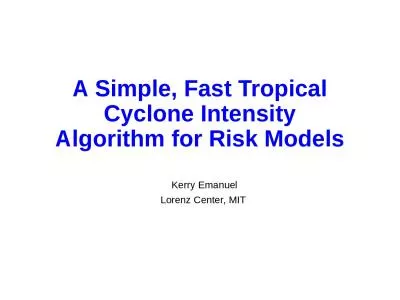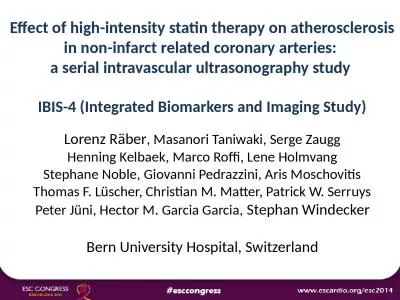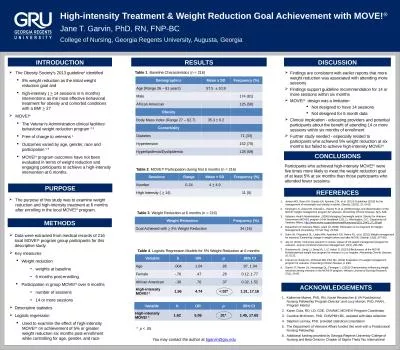PPT-High Intensity Care Management
Author : olivia-moreira | Published Date : 2020-01-14
High Intensity Care Management November 4 2014 Webinar Additional 2014 Clinical Model Elements 2 Clinical Model Goal Outreach to 100 of patients on the accepted
Presentation Embed Code
Download Presentation
Download Presentation The PPT/PDF document "High Intensity Care Management" is the property of its rightful owner. Permission is granted to download and print the materials on this website for personal, non-commercial use only, and to display it on your personal computer provided you do not modify the materials and that you retain all copyright notices contained in the materials. By downloading content from our website, you accept the terms of this agreement.
High Intensity Care Management: Transcript
High Intensity Care Management November 4 2014 Webinar Additional 2014 Clinical Model Elements 2 Clinical Model Goal Outreach to 100 of patients on the accepted list within 90 days of finalizing list outreach defined as initial attempt to reach patient via telephonic or inperson verbal contact. High Intensity Prismatic Reflective Sheeting Series 3930 is a non-metalized microprismatic lens reflective sheeting designed for production of reflective durable traffic control signs, work zone devic pp. 487 - 493. Mr. Richter. Agenda. Podcast Check. Questions about 13.1 Sound Waves. Upcoming Schedule. Notes:. Intensity and Volume. Decibel levels. Forced Vibrations and Resonance. Upcoming Schedule. Certificate Course. Session 2:. Principles and Frameworks for Exercise Prescription. Outline of this Session. Overview of . Exercise . Prescription. Principles of Prescribing Aerobic Exercise. The FITT Principle including assessments on Activity Intensity. Teresa Argo Boatman. For GRASP – Oct 21, 2013. Living with Intensity, Daniels and Piechowski. Overexcitabilities. An intense interaction with the world in five different areas – Psychomotor, Intellectual, Sensual, Imaginational, Emotional. 5.1.9. You and I are standing next to each other, listening to the exact same steady sound. . Our ears are identical. . You listen for TWICE as long as I do. How does the (average) power compare? (Please average ONLY over the time that the individual is listening!). Frequency. Medium. Vibration. Sound Waves. Compression . Rarefaction. What is a sound wave?. What section are seen in a sound wave?. amplitude. a. mplitude. :. . is the maximum distance a particle travels from rest. . Sound waves carry energy that can be used to do work, like forcing the eardrum to vibrate.. The energy can be great enough to cause damage to windows and buildings (sonic boom). Sound Intensity. The amount of energy transported per second by a sound wave is the . Conditioning: . Applying Emerging Evidence to Clinical Practice. February 4, 2012. 12:15-1:15 . pm. Marcos J. de Lima, MD. Professor of Medicine. Department of Stem Cell Transplantation and Cellular Therapy. OverviewIR Illuminatorby PerkinElmerDATASHEETVISION AND ILLUMINATION SYSTEMSwwwperkinelmercom/lightingLong life Xenon flashlampx0000 108Features and BenefitsApplicationsOptical SpecificationsMVS 5760- Two distinct mechanisms:. respiratory. laryngeal. Respiratory control of intensity. . This is one straightforward and intuitive: The respiratory system supplies the aerodynamic power for speech production. . 1 1 AND DISEASE PROGRESSION 2 IN AMYOTROPHIC LATERAL SCLEROSIS Authors : Jun Tsugawa, MD, Thanuja Dharmadasa, FRACP, Yan Ma, MD, William Huynh, 4 FRACP, PhD , Steve Vucic PhD and Matthew C . Kiern Kerry Emanuel. Lorenz Center, MIT. . Motivations. Most current TC risk models are based on statistical algorithms for generating synthetic tracks and associated wind fields. . Statistical . T. atherosclerosis. . in non-infarct . related . coronary arteries: . a serial intravascular ultrasonography study . IBIS-4 (Integrated Biomarkers . and. Imaging Study). Lorenz Räber. , Masanori Taniwaki, Serge Zaugg. Weight Reduction Goal Achievement . with MOVE!. ®. . Jane T. Garvin, PhD, RN, FNP-BC. College of Nursing, Georgia Regents University, Augusta, . Georgia. METHODS. DISCUSSION. INTRODUCTION. RESULTS.
Download Rules Of Document
"High Intensity Care Management"The content belongs to its owner. You may download and print it for personal use, without modification, and keep all copyright notices. By downloading, you agree to these terms.
Related Documents

